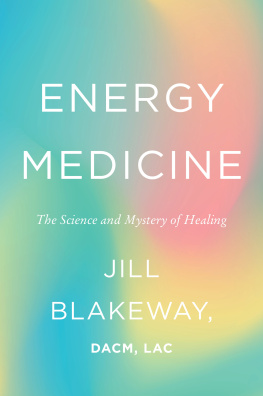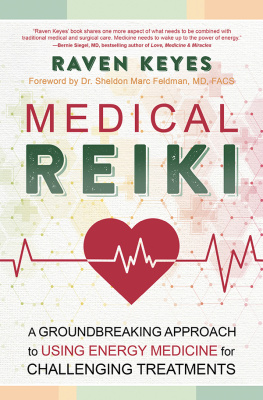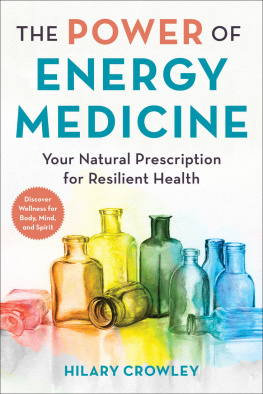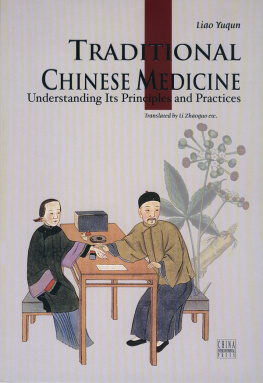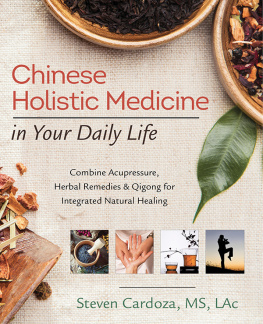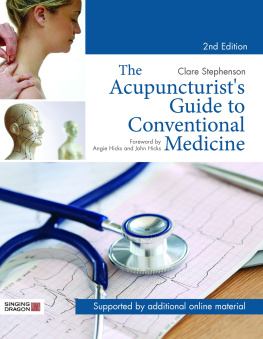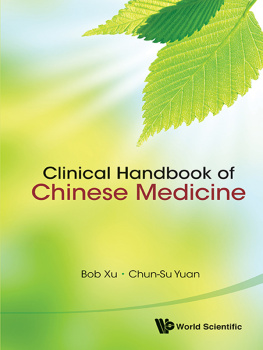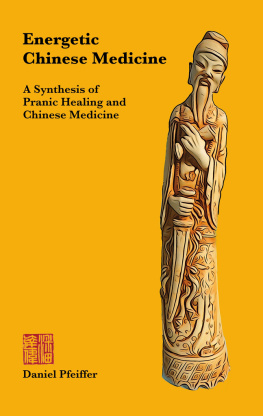ALEX TIBERI WAS A HEALER AND A SCHOLAR.
In the 1840s, puerperal fever, or childbed fever, a postpartum bacterial uterine infection, swept through one of two maternity clinics at the Vienna General Hospital in Austria. At the first clinic, the mortality rate among women giving birth was 10 percent; in the other, it was less than 4 percent. The two clinics admitted patients on alternate days. When women learned theyd gone into labor on a day reserved for the clinic rife with childbed fever, they would often drop to their knees, begging not to be admitted. Some women went so far as to stall long enough to give birth outside. These womenwhod given street births as this practice came to be knownremained eligible for child-care benefits, even without having to be admitted to the clinic. And, as it was later discovered, they also rarely contracted the childbed fever that was raging inside.
Ignaz Semmelweis, a Hungarian doctor whod recently begun working at the first clinic, wondered what protected these women from such a highly contagious infection. After all, both clinics used almost all of the same techniques. The only difference: medical students worked in the first clinic whereas midwives worked in the second. After a meticulous process of elimination, Semmelweis concluded that he and the medical students carried cadaverous particles on their hands, whereas the midwives, who did not perform autopsies and had no contact with corpses, kept their hands free of such contamination. (As for the women whod had street births, theyd managed to avoid infection by not having medical oversight during childbirth at all.)
Semmelweis subsequently ordered that doctors at the first clinic wash their hands with chlorinated lime water after performing autopsies and before examining patients. After the practice was instituted, the mortality rate at the first clinic dropped by an astounding 90 percent. Semmelweis then ordered the midwives at the second clinic to do the samein addition to scrubbing their instruments in a chlorine solution. Again, this dramatically reduced the hospitals death rate.
Yet, despite clear evidence that Semmelweiss theory and practice saved lives, his colleagues, clinging to their well-established beliefs, refused to concede that these results were anything more than coincidence. After all, they couldnt see the cause of death: the microscopic bacteria. And, more important, Semmelweiss data didnt correspond with how they believed the body operated. The germ theory of disease had not yet been accepted in Vienna; diseases were attributed, at that time, to a variety of different and unrelated causes. Semmelweiss colleagues ridiculed him and eventually stopped following his guidelines. Soon after, Semmelweis lost his job. He spent the rest of his life fighting the medical community on this issue of sterilization and cleanliness, and at age forty-seven, this innovative thinker was committed to a mental asylum, where he died from sepsis.
The foundations of energy medicine are as ancient as history. In Egypt, a description of the laying on of hands, as a prompt to the body to relieve pain, was found in the Ebers Papyrus, one of the oldest preserved medical documents, dated 1550 BC. Pythagoras, the Greek philosopher and physician, considered healing his greatest calling and considered the pneuma, literally meaning breath, to be the spirit. In Ayurveda, a health system developed thousands of years ago in India, the life-giving force is referred to as prana; in Judeo-Christian belief systems, it is called the breath of life. And in traditional Chinese medicine (TCM), which is what I have practiced for twenty years, the animating force that plays an essential role in maintaining and restoring health is called qi. In this way, spirituality, philosophy, and science were once intertwined, making up an essential part of our history, but we have since strayed considerably from this notion. I often wonder if one day well look back on energy healing and shake our heads in disbelief, as we do with the story of Semmelweis, wondering why any of us resisted an approach that offers such benefits simply because it didnt fit into our prevailing medical model.
And yet I admit: I, myself, took my time in coming around to this view. My career began with an instinct to help others; it was as broad and naive as that. But as my work took formafter studying East Asian medicine in graduate school, I practiced acupuncture in hospice before starting my own practice in New York CityI came to recognize the profoundly interwoven nature of healing.
From the start, in my work as an acupuncturist, I was both humbled and intrigued by the way patients thrived under my care. It bolstered my faith that this ancient practiceadministering thin needles to affect the flow of energy within the bodyoffered such effective results. It also, however, raised a number of startling questions. Most essentially: Why was it that this manipulation of energy was so beneficial? Was I simply acting as a placebo? Or was I some kind of conduit, as I sometimes curiously felt, with energy coming through me when I worked?
Chinese philosophy posits that a vital energy, what is called qi, surrounds and courses through our bodies to support life. It holds the bodys innate intelligence, the intangible yet measurable way we maintain whats known as homeostasis, or the bodys ability to regulate its internal environment to create good health. But qi is also understood to be part of a larger pattern, a grand energy field, through which we are all interrelated.
As I became more adept at my work, I had the sense that something I couldnt see was influencing what was happeningnot unlike, perhaps, the intuition Dr. Semmelweis felt in his clinic. I suspected that the needles and herbs (which I prescribe to supplement the acupuncture) were only part of what was helping my patients. And, increasingly, I felt an undeniable sensation when I practiced. Physically, it felt as if someone were pouring tonic water down my spine; mentally, it came across as an acute instinct that I was drawing energy from outside and channeling it for my patients.
I was captivated by this notion, but I was also afraid of it, impatient with it, wary of its validity. I was conscious of, and self-conscious about, the energy healing field being rife withto put a fine point on itquackery. While TCM practitioners like me are licensed and held to a specific standard both medically and ethically, there are no minimum standards for most other types of energy work, which makes this a precarious landscape to enter, with fellow practitioners who can hang a shingle and ask clients to simply have faith in what they do. The last thing I wanted to give peopleincluding myselfwas false hope. I never want to overpromise or underdeliver. (My policy, I should also say, has always been to recommend, and in some instances require, that my patients confer with the appropriate medical doctors in conjunction with my treatments.) But I also had the strong impulse to further explore this ancient medical system that sought to unify the physical and the energetic and to understand it within the worlds of science and spirituality and philosophy today.
As someone who methodically charts her own progress, I wasnt able to just accept that an enigmatic mix of needles and invisible energy fields served my patients so well. I wanted to know why. I also fervently wanted to explain me to me. So I pursued a variety of knowledgeable and dynamic specialistshealers, academics, doctors, scientists, and researchers on the cutting edge of energy medicineand I found that they were all working from remarkably, and reassuringly, similar and interconnecting theories.
Moving from the scientific to the mystical and back again, this book has been both a deeply personal project and a professional inquiry. It is as important for me to take an unflinching look at what I may be experiencing as a healer as it is to measure the changes that arise from energy interventions, and to validate them with evidence-based research.

